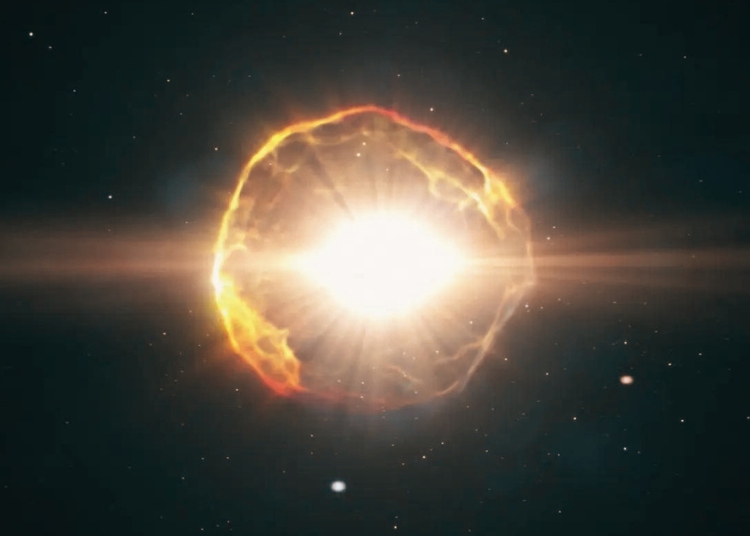Get ready for a spectacular skywatching event unlike any other! A star 3,000 light-years away is predicted to explode in a dazzling nova, potentially outshining our very own North Star for up to a week sometime this year.
This once-in-a-lifetime opportunity shouldn’t be missed, and luckily, NASA says it might even be visible to the naked eye. Here’s everything you need to know to witness this cosmic phenomenon, from understanding the science behind the explosion to maximizing your chances of seeing it with your own eyes.
A Stellar Light Show Unlike Any Other
Astrophysicists are calling this upcoming event a “fun and exciting upcoming cataclysm,” according to Dr. Bradley Schaefer of Louisiana State University. It adds to an already exciting year for skywatchers, joining a total solar eclipse in April (visible from parts of the US and Canada) and the rare green comet currently becoming visible.
The star in question is T Coronae Borealis, located in the constellation Corona Borealis (the Northern Crown). This phenomenal explosion is caused by a white dwarf – the leftover core of a dead star – stealing gas from its companion, a giant red star. Imagine a cosmic game of tug-of-war, but instead of rope, the celestial objects are battling over a stream of hydrogen-rich material. As the white dwarf accumulates more and more fuel, it eventually reaches a critical point, triggering a colossal thermonuclear explosion – the nova.
Dr. Schaefer emphasizes that there’s no need to worry. T Coronae Borealis is far enough away that its energy poses no threat to Earth. In fact, the light we’ll be witnessing from the explosion will have actually traveled for 3,000 years before reaching our eyes!

Catching a Glimpse of the Nova: A Stargazer’s Guide
To ensure you don’t miss this stellar spectacle, keep an eye out for updates from NASA. Signing up for updates from the @NASAUniverse channel is a great way to stay informed.
In the meantime, familiarize yourself with the location of T Coronae Borealis. Look for the bright stars Vega and Acturus to find the Hercules constellation. T Coronae Borealis is a faint, curved asterism of four stars nearby Hercules. That’s where you’ll find the exploding star when it ignites.
Here are some tips to maximize your chances of witnessing the nova:
- Stay updated: Follow NASA for official announcements about the nova’s visibility. They’ll be able to pinpoint the exact timeframe based on their latest observations.
- Check the forecast: Aim for a clear, moonless night for the best viewing experience. Light pollution from cities can significantly diminish the visibility of fainter celestial objects, so escape to a dark location with an unobstructed view of the sky.
- Time your viewing: The best time to spot the nova is during the pre-dawn hours, just before the first light of sunrise. This is when the nova will be highest in the sky and easiest to see.
- Stargazing apps: Utilize a stargazing app on your phone or tablet to help you locate the Corona Borealis constellation and pinpoint the exact location of T Coronae Borealis. There are many free and user-friendly options available.
- Eye adjustment: Avoid looking at your phone screen for at least 30 minutes before stargazing. The blue light emitted by electronic devices can hinder your night vision. Give your eyes ample time to adjust to the darkness for the best chance of spotting the faint nova.
This is a rare opportunity to witness a gigantic stellar explosion from the comfort of Earth. By following these tips and staying updated with NASA, you might just be able to witness this celestial marvel. Don’t miss out on this chance to be a part of a truly extraordinary astronomical event! Imagine telling future generations that you saw a star explode in the night sky!



















